Van Halen burst onto the rock scene with an explosion of energy and a guitarist who revolutionized the instrument. Eddie Van Halen’s blistering solos and iconic riffs redefined what was possible, inspiring countless musicians.
But behind the guitar pyrotechnics, a revolving door of band members kept fans guessing and fueled a legacy as turbulent as it is undeniable.
In this article, we will take a close look at the various changes Van Halen has undergone throughout its history while exploring the remarkable music they have created along the way.
The Early Years: Formation and Transitions
Van Halen started its journey as Mammoth, a covers-oriented group. However, with the addition of David Lee Roth to the lineup, the band began to transform into the iconic Van Halen we know today.
Mark Stone, the bassist from the Mammoth days, didn’t stick around for long, and since his departure, he has kept a low profile. In 1974, the classic lineup of Alex Van Halen, Eddie Van Halen, David Lee Roth, and Michael Anthony emerged, setting the stage for their future success.
The David Lee Roth Era (1974-1985)

With Michael Anthony replacing Mark Stone on bass, Van Halen reached new heights of popularity. Their self-titled debut album in 1978 marked the beginning of their consistent success on the pop and rock charts. The band released a string of gold and platinum albums throughout the late ’70s and early ’80s. However, in 1985, internal tensions escalated, leading to David Lee Roth’s departure to pursue a solo career. Van Halen faced the challenge of finding a new lead singer who could match Roth’s flamboyance and stage presence.
The Sammy Hagar Years (1985-1996)
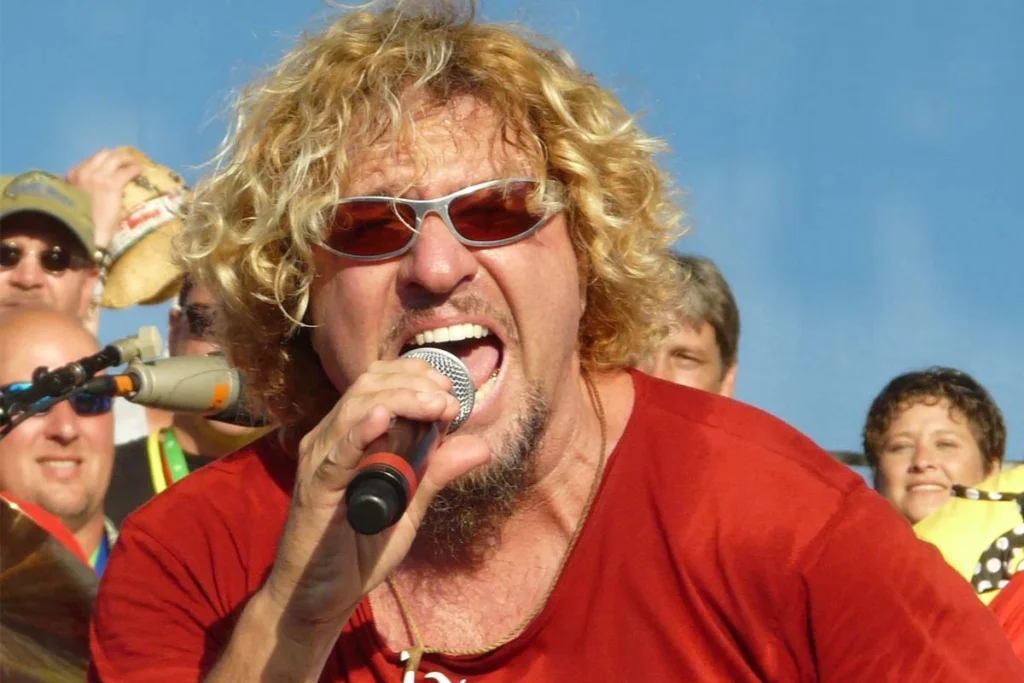
Replacing David Lee Roth was no easy task for Van Halen. After considering various possibilities, including part-time singers like Patty Smyth and Eric Martin, the band eventually stumbled upon Sammy Hagar, the former frontman of Montrose and an accomplished solo artist.
Sammy Hagar’s first album with Van Halen, ‘5150,’ achieved unprecedented success, topping the charts in 1986. The Hagar-led lineup continued to produce chart-topping albums, including ‘OU812’ in 1988 and ‘For Unlawful Carnal Knowledge’ in 1991, solidifying their place in rock history.
Brief Interlude: The Mitch Malloy Experiment (1996)
In 1996, Van Halen briefly flirted with the idea of Mitch Malloy taking over as the lead singer. After jamming with the band and allegedly being offered the position, the opportunity slipped through Malloy’s fingers, ultimately becoming a mere footnote in Van Halen’s lineup changes.
The David Lee Roth Reunion (1996-1999)
In the same year, Van Halen parted ways with Sammy Hagar, leading to a highly anticipated reunion with David Lee Roth. However, Roth’s return resulted in only two new songs for the compilation album ‘Best of Volume I.’ Despite initial excitement, the reunion was short-lived, and David Lee Roth once again left the band after a disappointing performance at the MTV Video Music Awards.
The Gary Cherone Experiment (1997-1999)
With the departure of David Lee Roth, Van Halen embarked on another search for a new lead singer. They turned to Gary Cherone, the former vocalist of Extreme. Cherone’s powerful voice and versatility earned him recognition in the rock world. Although their album ‘Van Halen III’ released in 1998 showcased Cherone’s talent, it failed to achieve the commercial success of their previous works.
Changing musical trends and a lack of radio-friendly tracks contributed to the album’s relative flop. After a disappointing tour and only a few demos for a potential follow-up, the collaboration between Van Halen and Cherone came to an end.
A Reunion and More Changes (2004-2020)
In a surprising turn of events, Van Halen reunited with Sammy Hagar in 2004. The band, including original members Alex Van Halen, Eddie Van Halen, and Michael Anthony, recorded two new songs for the compilation album ‘Best of Both Worlds’ and embarked on a tour.
, the reunion was marred by poor performances and interpersonal conflicts, leading the band to enter a lengthy hiatus after Eddie Van Halen smashed his guitar on stage during their final show.
In 2007, another significant lineup change occurred as David Lee Roth rejoined Van Halen, replacing Michael Anthony on bass with Eddie’s son, Wolfgang Van Halen. The band released their 12th studio album, ‘A Different Kind of Truth,’ in 2012, marking their first studio effort with Roth since his departure in 1985.
The reunion brought renewed energy to the band, but unfortunately, it was short-lived. In 2020, the world mourned the loss of Eddie Van Halen, bringing an end to an era of rock greatness.
Side Projects: Chickenfoot and The Circle
Throughout their career, various members of Van Halen embarked on side projects, showcasing their talent outside the band’s lineup.
Following his departure from Van Halen, Sammy Hagar teamed up with Michael Anthony, Joe Satriani, and Chad Smith of the Red Hot Chili Peppers to form Chickenfoot in 2008.
The supergroup released two studio albums and embarked on successful tours, although subsequent scheduling conflicts prevented them from working together in recent years.
Meanwhile, Sammy Hagar and Michael Anthony continued collaborating, forming another band called Sammy Hagar & the Circle in 2014.
Joined by Jason Bonham on drums and Vic Johnson on guitar, they toured extensively and released a live album titled ‘At Your Service’ in 2015. Their first studio effort, ‘The Space Between,’ followed in 2019, showcasing their continued musical prowess.
Van Halen Singers in Order
| Singer Name | Years as a lead singer |
| Eddie Van Halen | 1972 – 1974 |
| David Lee Roth | 1974 – 1985, 1996, 2007 – 2020 |
| Sammy Hagar | 1985 – 1996, 2003 – 2005 |
| Gary Cherone | 1996 – 1999 |
The singers who have permanently shaped the sound of Van Halen are deeply entwined in the band’s history. The vocalists each contributed to the band’s growth and success by putting their styles, personalities, and stage presence in the spotlight.
David Lee Roth
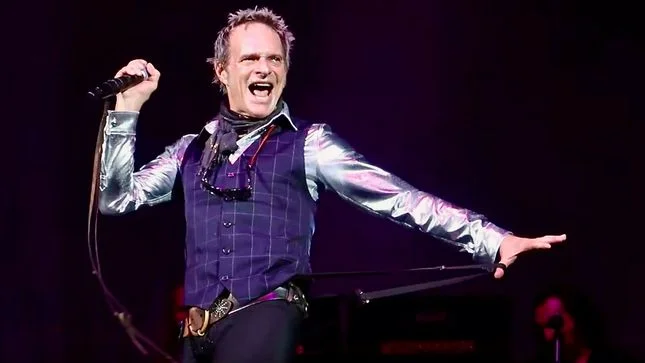
David Lee Roth is often regarded as the quintessential Van Halen frontman. With his flamboyant stage presence, energetic dance moves, and charismatic persona, Roth helped define the band’s early sound and image. From 1974 to 1985, he played a pivotal role in creating Van Halen’s signature hard rock sound, delivering powerful performances on hit songs like “Jump,” “Panama,” and “Runnin’ with the Devil.”
| Studio Album | Release Year |
| Van Halen | 1978 |
| Van Halen II | 1979 |
| Women and Children First | 1980 |
| Fair Warning | 1981 |
| Diver Down | 1982 |
| 1984 | 1984 |
| A Different Kind of Truth | 2012 |
Sammy Hagar
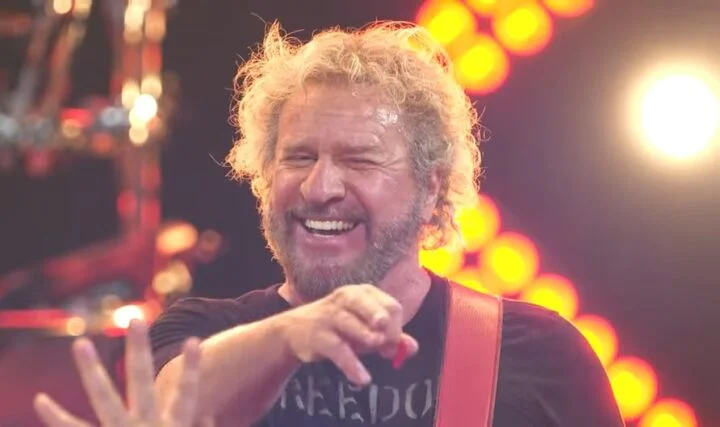
In 1985, Van Halen underwent a significant transition with the arrival of Sammy Hagar as their new lead vocalist. Hagar brought a different flavor to the band, blending his melodic rock style with Van Halen’s hard-hitting instrumentals.
Together, they achieved immense success with chart-topping albums like “5150” and “OU812.” Songs like “Why Can’t This Be Love” and “Right Now” showcased Hagar’s impressive vocal range and added a new dimension to Van Halen’s discography.
| Studio Album | Release Date |
| 5150 | March 24, 1986 |
| OU812 | May 20, 1988 |
| For Unlawful Carnal Knowledge | June 17, 1991 |
| Balance | January 24, 1995 |
Gary Cherone – A Brief Interlude
Following Sammy Hagar’s departure in 1996, Van Halen briefly experimented with a new singer, Gary Cherone. Cherone, formerly the lead vocalist of the band Extreme, brought his unique style to the table.
Although the collaboration resulted in the album “Van Halen III,” it was met with mixed reviews and limited commercial success. Despite this, Cherone’s contribution remains an intriguing chapter in Van Halen’s history.
The Return of Sammy Hagar
After a hiatus, Sammy Hagar reunited with Van Halen in 2003, marking a triumphant return to the band. Their collaboration resulted in the live album “Live: Right Here, Right Now” and a successful reunion tour.
Hagar’s distinct vocal prowess once again graced Van Halen’s energetic performances, reigniting the band’s spirit and reaffirming their status as rock icons.
The Final Chapter: Wolfgang Van Halen
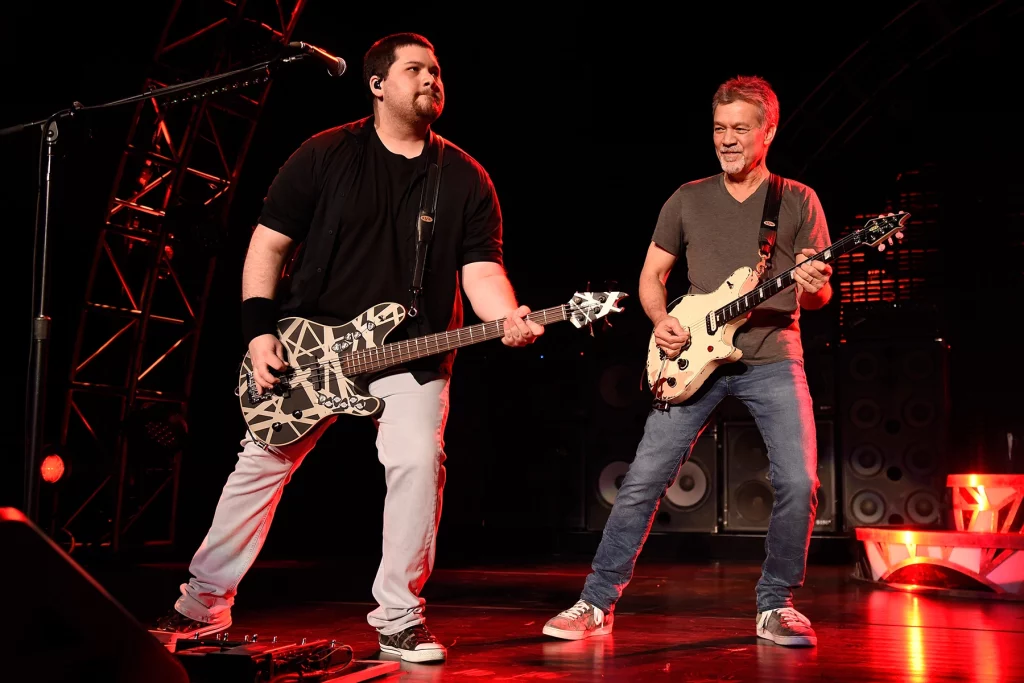
As the band’s legacy continued to evolve, tragedy struck in 2020 with the passing of Eddie Van Halen, the band’s iconic guitarist, and co-founder. While Van Halen may never be the same without Eddie, his son, Wolfgang Van Halen, stepped up to honor his father’s legacy. Wolfgang, a talented musician in his own right, took over bass duties and provided backing vocals for the band. This emotional transition marked the final chapter of Van Halen’s journey, paying tribute to their rich history while embracing the future. Also, David Lee Roth had been with the band since 2007. They went on a tour in 2007, which amounted to almost $93 million.
The Legacy of Van Halen
Van Halen’s ever-changing lineup reflects the dynamic nature of rock ‘n’ roll. From the early years with David Lee Roth to the successful tenure of Sammy Hagar and the brief experimental phase with Gary Cherone, each era brought a unique flavor to the band’s music.
While Van Halen’s future remains uncertain without Eddie Van Halen, their legacy as one of the greatest rock bands of all time will forever resonate in the hearts of fans.
In conclusion, Van Halen’s enduring popularity proves that rock ‘n’ roll truly never dies. Despite the lineup changes and the uncertainties that come with them, the band’s music continues to captivate audiences, transcending generations and leaving an indelible mark on the history of rock music.

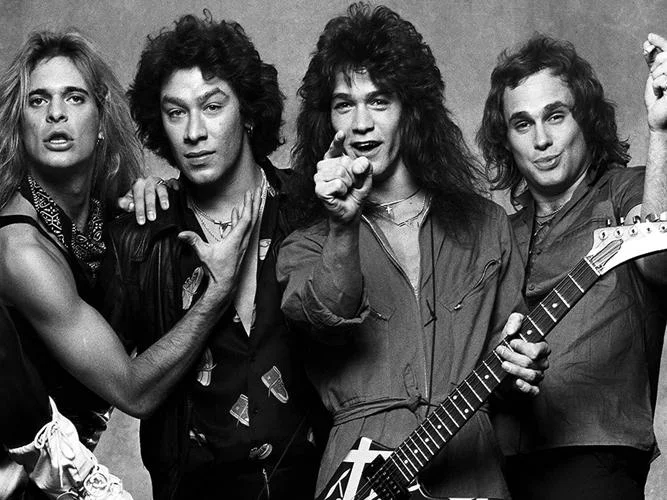
Van Halen will never be that great band again without Eddie Van Halen !!! We will miss him ! RIP !!!